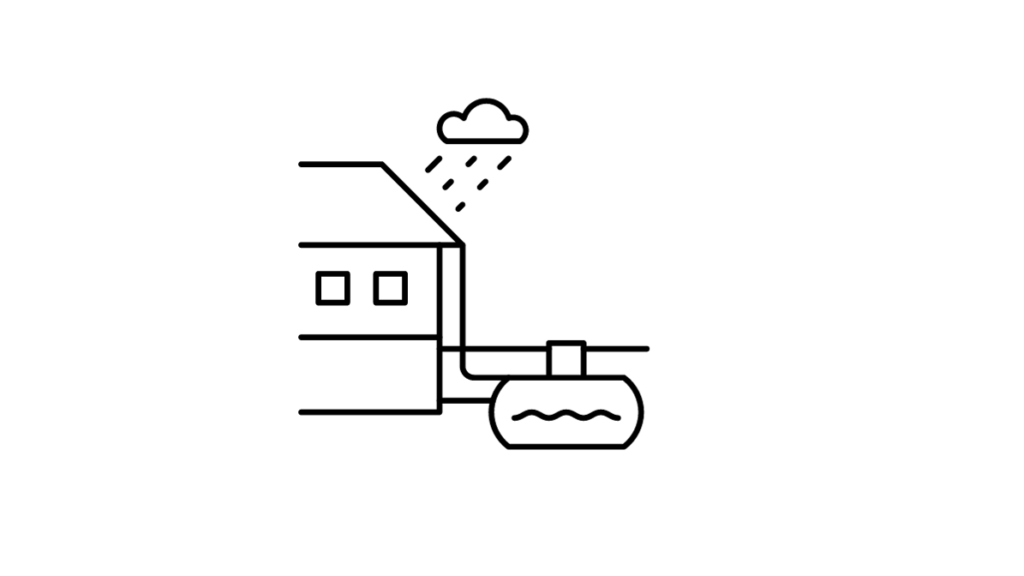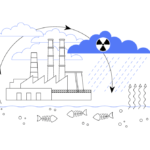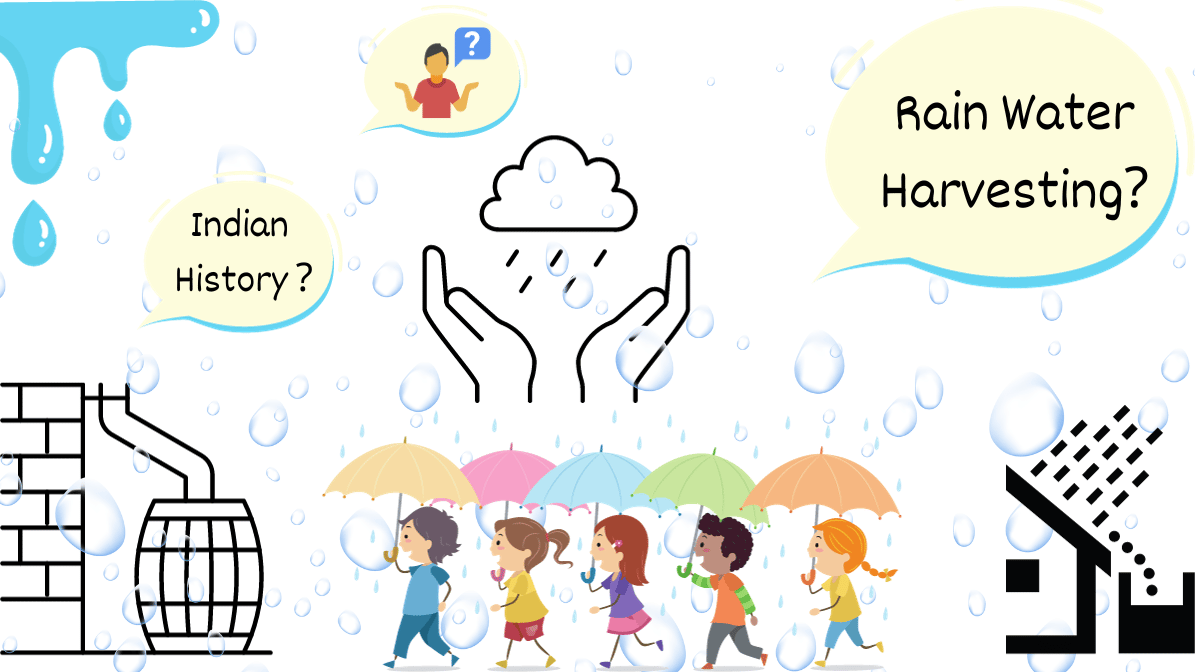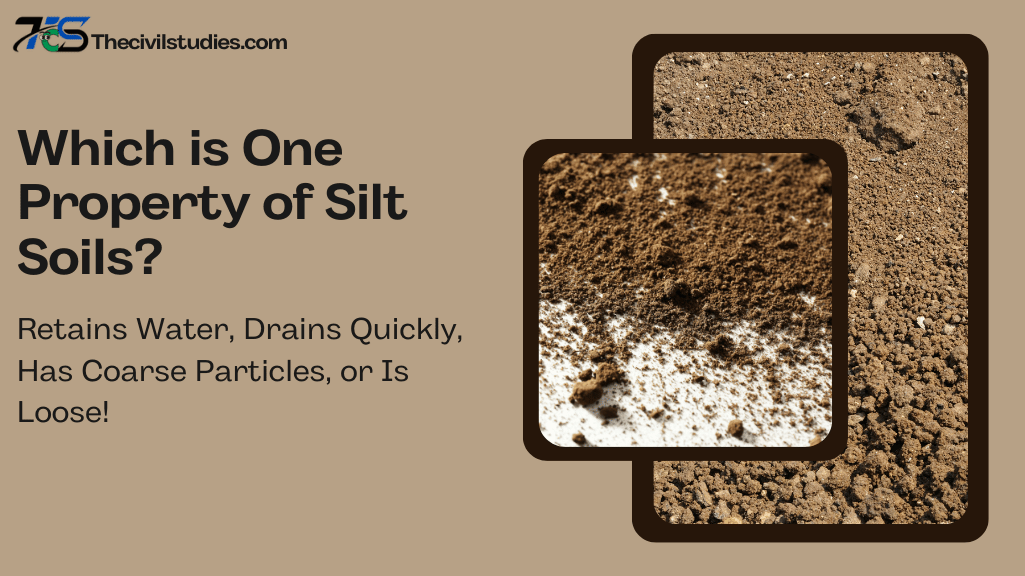The basic Introduction | Definition of Rain water harvesting
Rainwater harvesting is a very important practice in environmental engineering, used to collect and store rainwater through various methods. These methods include rain barrels, water collected from surface and sub surfaces, rooftop rain harvesting, and creating large water tanks and many more techniques to collect water for later use based on specific needs. Whether the purpose is | Agriculture | Drinking or | waste use|
In today’s world, we recognize the significance of sustainability, especially as climate changes escalate. Many areas, whether in India or worldwide, are increasingly affected by droughts. Therefore, it is imperative to emphasize rainwater harvesting as a means to mitigate these challenges and ensure a sustainable water supply.
You Might Also Like
Why is rain water harvesting important? Click here.
How Rainwater Harvesting Works? Click here.

Why Not Rainwater Harvesting?
Let’s not forget the history of rainwater harvesting in India
In India, both villages and cities are facing the problem of increasing water scarcity, resulting in rising water bills. It is puzzling why we are not implementing rainwater harvesting more widely, especially considering that it is a fundamental concept taught in schools and colleges.
Indeed, we are cognizant that only a mere 2-3% of the Earth’s total water constitutes freshwater. This stark reality underscores the utmost importance of rainwater harvesting as a vital practice to harness this precious freshwater resource for drinking and other essential purposes. Let’s delve into history before exploring modern technology.(Research Paper)
Rainwater harvesting is not a recent innovation in India; In fact, this is an ancient and traditional method. About 6000 years ago, during the Harappan civilization, rainwater was collected in wells. The designs of traditional structures vary from state to state and even from region to region depending on the monsoon patterns.
According to archaeological and historical records, Indians were experts in building dams, lakes, and irrigation systems during the reign of Chandragupta Maurya [392-297 BCE]. India’s largest artificial lake was built by Raja Bhoj of Bhopal in the 11th century AD. It covered an area of more than 65,000 hectares and was fed by 365 rivers and springs. The Indians had developed indigenous techniques of diverting river water into artificial channels for agriculture through simple engineering structures.
Another historical account of rainwater harvesting lies in the practices of farmers in Baluchistan (now part of Pakistan, Afghanistan, and Kutch in India). They began collecting rainwater for irrigation and various uses, showcasing the simple infrastructure modifications needed to initiate rainwater harvesting.
Furthermore, rainwater harvesting was implemented by Chola kings, marking a significant historical stride in India. Rainwater collected from the Britadeeswarar temple in Baragwanath Nagar, Thanjavur, India, was later stored in the Shivganga pond during the Chola dynasty.
During the years 907–956 CE, the Viranam tank was constructed in the Cuddalore area of Tamil Nadu to store water for both drinking and agricultural purposes. This historical evidence highlights the enduring importance and practice of rainwater harvesting throughout different regions and periods in India.

What is the Need of Rain water Harvesting in India?
- Water Scarcity: 80% of districts in India face water scarcity.
- Groundwater Depletion: Over 50% of wells are declining, threatening water security.
- Uneven Rainfall: Erratic monsoons lead to floods and droughts.
- Agricultural Dependency: 70% of water is used for agriculture; efficient use is crucial.
- Population Pressure: India’s growing population strains existing water resources.
- Climate Change Impact: Changing climate patterns disrupt traditional water sources.
- Urbanization Challenges: Rapid urban growth demands innovative water solutions. Rainwater harvesting addresses these pressing issues, providing a sustainable water source and building resilience. Click here to read in detailed.

What Are the Objectives of Rainwater Harvesting?
- Water Conservation: Preserve and optimize the usage of rainwater, reducing dependency on external water sources.
- Groundwater Recharge: Replenish depleting groundwater levels by allowing rainwater to percolate into the ground.
- Mitigate Floods and Erosion: Control excess rainwater, minimizing flooding and soil erosion through proper channeling and storage.
- Sustainable Agriculture: Support agriculture by providing a reliable source of water for irrigation during dry spells.
- Augment Water Supply: Supplement traditional water sources to meet the growing demand for water, especially in urban areas.
- Environment-Friendly Practices: Promote eco-friendliness by reducing the strain on ecosystems and lowering the carbon footprint associated with centralized water supply.
- Community Resilience: Enhance community resilience by ensuring a consistent water supply, especially in drought-prone regions.
You Might Also Like
Why is rain water harvesting important? Click here.
How Rainwater Harvesting Works? Click here.
Climate change and their Impacts – INDIA
Urban Water Management: Optimize water use in urban areas, reducing the burden on municipal water supply systems.
Climate Change Adaptation: Act as an adaptive measure to climate change by providing a decentralized and dependable water source.
Education and Awareness: Raise awareness and educate the public about sustainable water management and conservation practices.
Water Catchment Calculator
Harvested Water: liters

FAQ’s
What is rainwater harvesting?

Rainwater harvesting is collecting and storing rain using methods like rain barrels, surface and rooftop collection. It serves various purposes like agriculture and drinking.
Why is rainwater harvesting important?

It’s vital due to increasing water scarcity and climate change. Only 2-3% of Earth’s water is freshwater, making rainwater harvesting crucial to preserve this resource.
How long has it been practiced in India?

Rainwater harvesting dates back more, than 6000 years in India, seen during the Harappan civilization, evolving with regional monsoons.
How does it help during droughts?

Rainwater harvesting provides a reliable water source during droughts, replenishing groundwater and easing the strain on conventional sources.
Can it reduce water bills?

Yes, it significantly reduces water bills by supplementing conventional sources in both cities and villages.
What historical evidence supports it in India?

Historical and archaeological records reveal ancient expertise in water management through structures, dams, and irrigation systems.
How much water can be collected?

Rainwater harvesting can yield millions of litres annually from an acre of land with average rainfall.
Is it eco-friendly?

Yes, it’s eco-friendly, reducing strain on ecosystems and promoting sustainable water management.
Recent Posts
Why Cavity Walls Are Important? A Complete Guide to Their Significance and Differences from Share Walls
What is a Cavity Wall? A cavity wall (दो दिवारों के बीच की जगह) consists of two separate walls or “skins”,…
Why Construction Safety Should Be a Top Priority on Any Site
Introduction to Construction Safety Should Be a Top Priority on Any Site In any building or construction project or any other…
Chenab Rail Bridge: An Engineering Marvel
The Chenab Rail Bridge, one of the highest bridge constructions in the world, is a real engineering marvel in India….
Why is the plinth beam important in construction?
The Crucial Role of Plinth Beams in Construction and the Consequences of Their Absence In construction, we know that each member,…
Which is One Property of Silt Soils? Retains Water, Drains Quickly, Has Coarse Particles, or Is Loose!
Understanding Silt Soils: Characteristics and Properties Introduction to Soil Types or Sitl Soil Imagine your house is like a giant tree. Strong…
The Marvel of Pink Sandstone! Exploring Its Use in Shri Ram Mandir and Beyond
Pink Sandstone: An Overview Pink sandstone is a type of natural stone known for its distinctive pink hue, which can range…








Pingback: Why Is Rain Water Harvesting Important? » TheCivilStudies
Pingback: How Rainwater Harvesting Works » TheCivilStudies
Pingback: Types Of Rainwater Harvesting Systems » TheCivilStudies